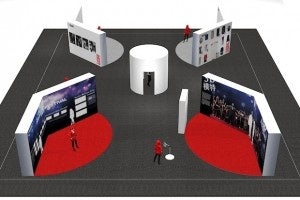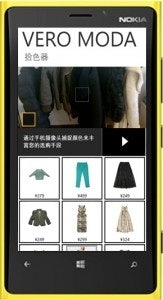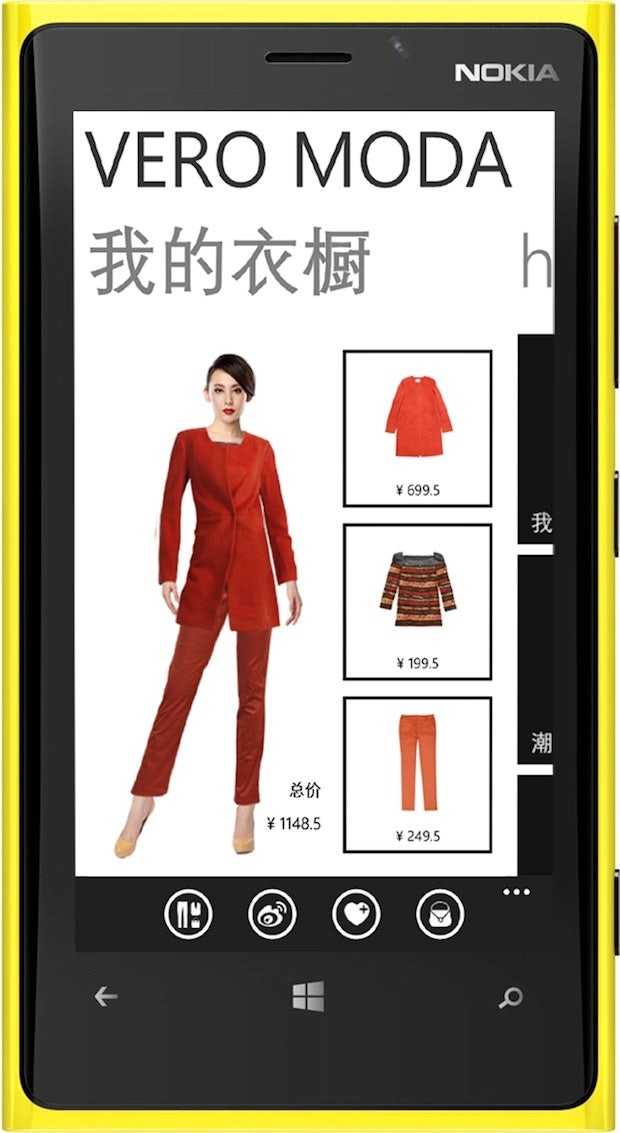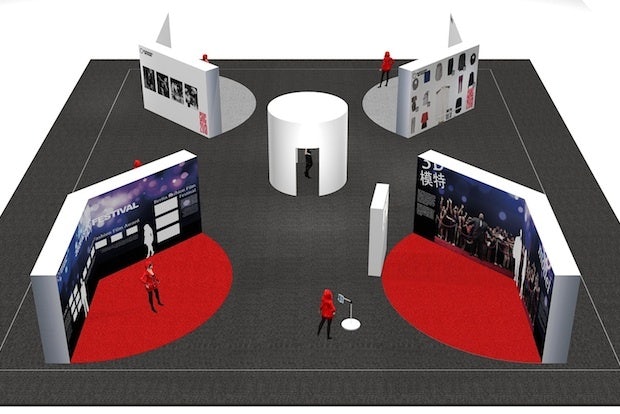Brands Experiment With Dress-Up Gamification, Intelligent Mapping, Augmented Reality#

As China's young, tech-savvy and mobile-obsessed middle-class consumers develop an interest in fashion, brands are finding that digital marketing via Weibo or WeChat might not be enough to drive shoppers to stores or boost online sales. In tandem with the smartphone boom that has swept China over the past half-decade has been a rise in popularity of apps that give shoppers not only a richer, more personalized experience but also a compelling reason to go from online to offline. (Which brands have traditionally done through in-store promotions or giveaways.)
Though some luxury, auto, and jewelry brands have experimented with tech-infused campaigns -- here Buick's augmented reality (AR) app springs to mind -- fashion brands have been slower to incorporate cutting-edge tech into their China strategies.
However, this is changing, and changing quickly. This week, one of the more interesting collisions of fashion in tech and fashion in China is on display at the China International Clothing and Accessories Fair (CHIC), an 800 square meter "Fashion and Mobile Zone" developed by the fashion technology company
360Fashion#
. Running through March 29, the zone showcases how fashion brands can use augmented reality in retail spaces and advertising campaigns to boost their brand-building efforts, generate user interactivity, and drive offline sales.
Accompanied by a 360AR mobile app that lets visitors interact with the space through their own mobile devices (as well as on screens and surfaces in the area), the zone is particularly notable for its demonstration sections. Using
TryLive#
virtual fitting-room technology, the zone includes an area in which users can see themselves in a mirror "wearing" a dress from leading designer
Guo Pei#
's "Bridal Fashion Couture Collection." Another jewelry area uses the 360AR app to let women "try on" virtual rings and bracelets by inserting their hands into digital jewelry display boxes, and allows men to try on virtual wristwatches using an iPad.

As Anina Net, founder and CEO of 360Fashion Network, said of the CHIC 2013 Fashion and Mobile Zone, “With this exhibition we can clearly show brands how these new [forms of] interactive media can support their collections and bring them into intimate contact with customers.”
Augmented reality is just one technology that we're likely to see fashion brands using more often in China. Launched around International Women's Day on March 8, 360Fashion also debuted a localized discovery-based app for the Danish womenswear brand
Vero Moda#
packed with features designed with China's urban white-collar female demographic in mind. Created for Nokia devices powered by Windows Phone 8, the new Vero Moda app notifies users of in-store offers, lets them calculate the total price of outfits using "dress-up gamification," and includes a store finder. Yet the most innovative function is a camera-powered color picker, which automatically matches clothing from the Vero Moda store to users' existing wardrobes and helps them learn to mix-and-match garments.
While Vero Moda sits solidly in the mid-range price point and leans more towards fast-fashion than luxury, the app presents a valuable case study for higher-end fashion brands, most of which are failing, digitally, in China. Currently, fashion brand apps are largely one-dimensional, featuring photo slideshows and possibly a mobile e-commerce store. So for fashion brands thinking of launching an app in China that people will actually use, what are some of the key considerations?
As Anina of 360Fashion told Jing Daily:
I think the most important thing to think about is what will be useful or fun for the customers, and will make them want to use the app often. For example, a game where they can win points or an interesting way to browse, or tools that can help them find what they need faster using mood, music, content, and -- most importantly -- build a communication channel for people to talk directly to your brand.
The app cannot just be [about] showing your catalog and some videos that never change every six months. That is uninteresting after one time. 70 percent of all apps are only opened once and never opened again. Create something that will make people want to come back again and again.

